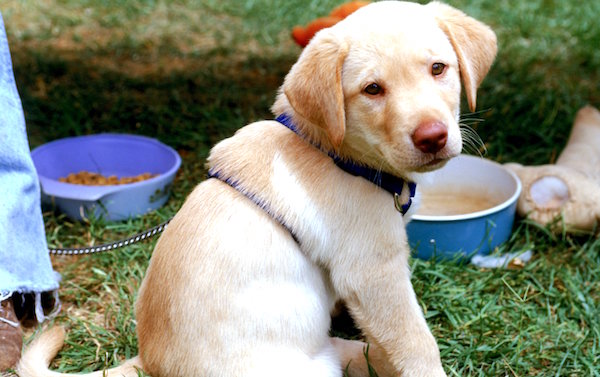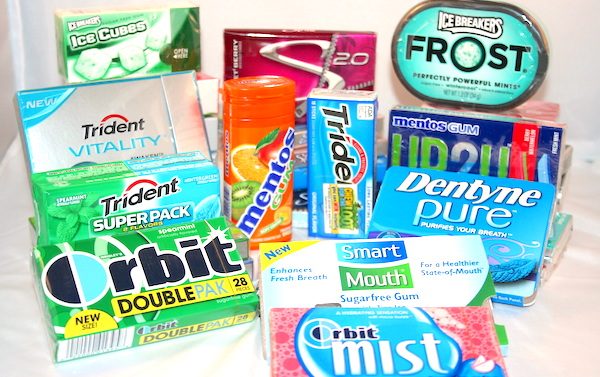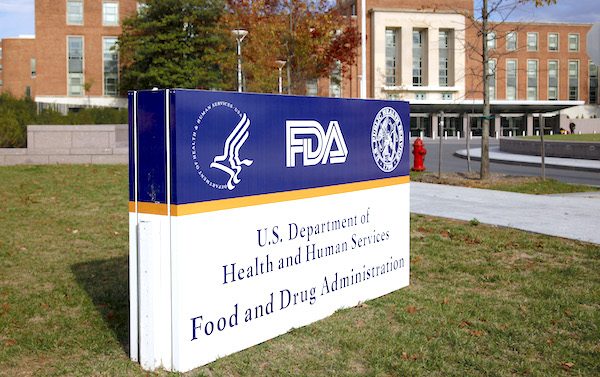The FDA Xylitol report shows that the common sweetener, found in many sugar-free gums and other products, can be toxic to dogs. The federal agency said that it can have devastating consequences if ingested by a dog.
The sugar substitute ingredient affects humans and dogs differently, FOX News reports. While it’s safe for people to eat, dogs’ bodies do not process it the same way.
The FDA Xylitol reports are on the rise, and over the past several years, the agency’s Center for Veterinary Medicine has received a number of complaints of dogs being poisoned by xylitol, sometimes with deadly consequences. Xylitol-related calls to the ASPCA’s Animal Poison Control Center rose from 82 in 2004 to more than 3,700 in 2014.
The Pet Poison Helpline has seen a 15 percent increase in such calls so far this year.
“In people, xylitol does not stimulate the release of insulin from the pancreas,” the FDA statement says. “However, it’s different in canines: When dogs eat something containing xylitol, the xylitol is more quickly absorbed into the bloodstream, and may result in a potent release of insulin from the pancreas.”
While chewing gum is the biggest culprit, xylitol can be found in other products including sugar-free candy, breath mints, cough syrup, children’s and adult chewable vitamins, mouthwash, toothpaste, and some baked goods, the Christian Post reported.
Symptoms of xylitol poisoning in dogs include vomiting followed by a sudden lowering of blood sugar, which results in decreased activity, weakness, staggering, lack of coordination, collapse, and seizures.
If you think your dog may have eaten xylitol, take him to your vet or emergency animal hospital immediately. Side effects can take up to 12 to 24 hours to appear, so your dog may need to be monitored.
The FDA says xylitol problems for cats has not been documented, and cats may be spared by their general disdain for sweets. Dr. Ashley Gallagher of the Friendship Hospital for Animals in Washington D.C. said that dog owners need to be vigilant.
“You just have to be really careful because dogs are nosy little creatures and they are hungry all the time. I know my dogs are, and they are just looking for a treat. So you have to really watch them,” Gallagher said.
While dog owners probably already know to keep chocolate out of their pet’s reach, vets say it’s important to check labels for other risky ingredients.
“If you’re concerned about your dog eating a food or product with xylitol in it, check the label of ingredients,” Martine Hartogensis, a veterinarian at FDA, said. “If it does, indeed, say that it contains xylitol, make sure your pet can’t get to it.”
The FDA offers these additional tips to keep your pup safe:
- Keep products that contain xylitol (including those you don’t think of as food, such as toothpaste) well out of your dog’s reach. Remember that some dogs are adept at counter surfing.
- Only use pet toothpaste for pets, never human toothpaste.
- If you give your dog nut butter as a treat or as a vehicle for pills, check the label first to make sure it doesn’t contain xylitol.
The Wall Street Journal said that while the FDA says xylitol is dangerous, dogs often eat foods and other items that their owners don’t intend. Ingesting just a few pieces of gum can poison even a large dog, experts say, with effects including low blood sugar, seizures, coma, liver damage and possibly death.













